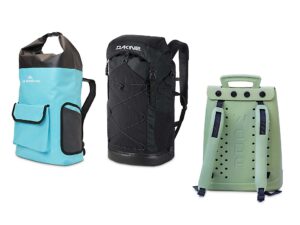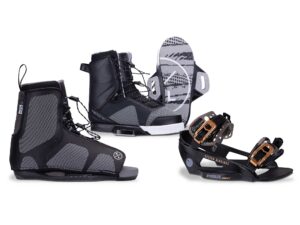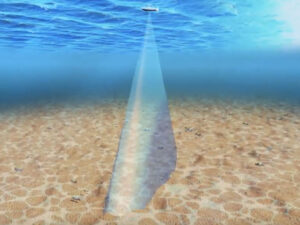A quality cover is one of the best ways to protect your boat from an endless environmental assault. Not all boat covers, however, are equally up to the task. Here are three key points to consider before making a purchase.
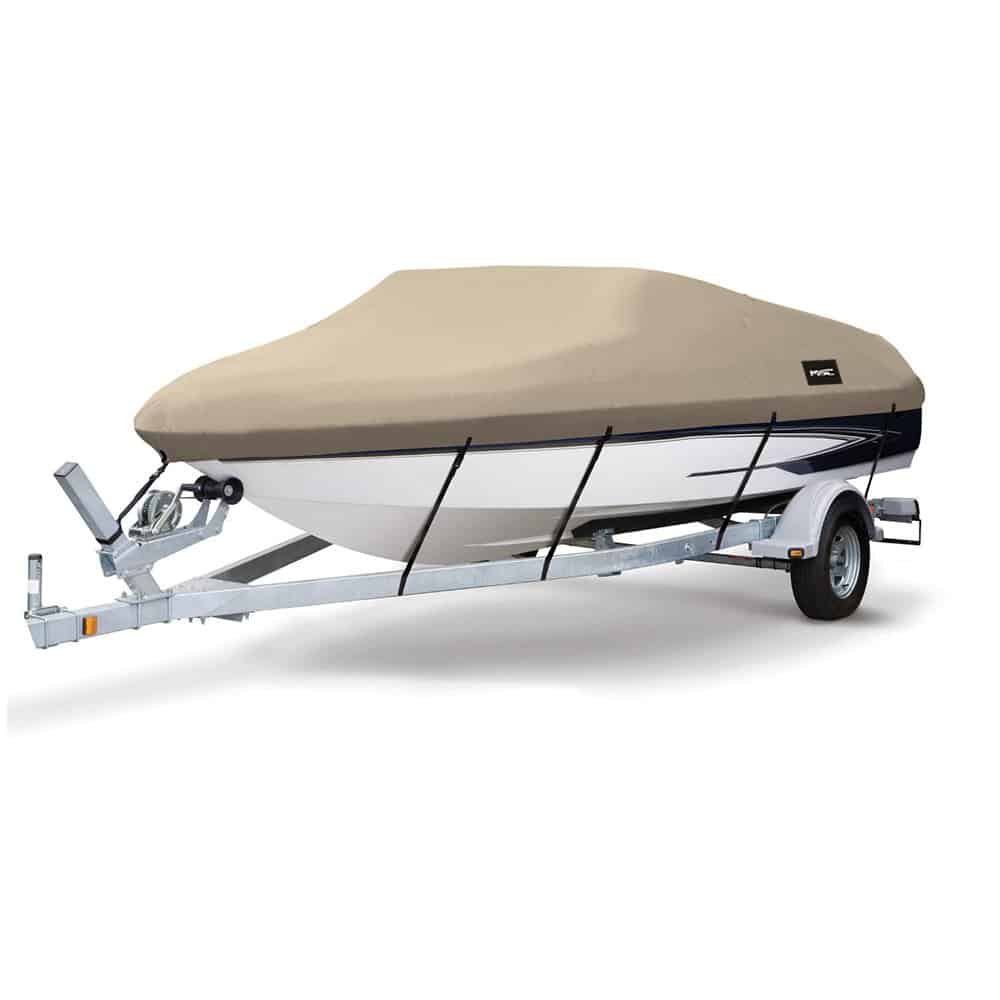
Cheaper cover materials, like cotton, don’t stand up long term to the sun and tend to mildew. Polyester and acrylic fabrics, though more expensive, are often the better long-term solution. They breathe, better resist the sun’s rays and high temperatures, and are strong enough to handle trailering speeds. Polyester thread and straps also better resist the UV assault.
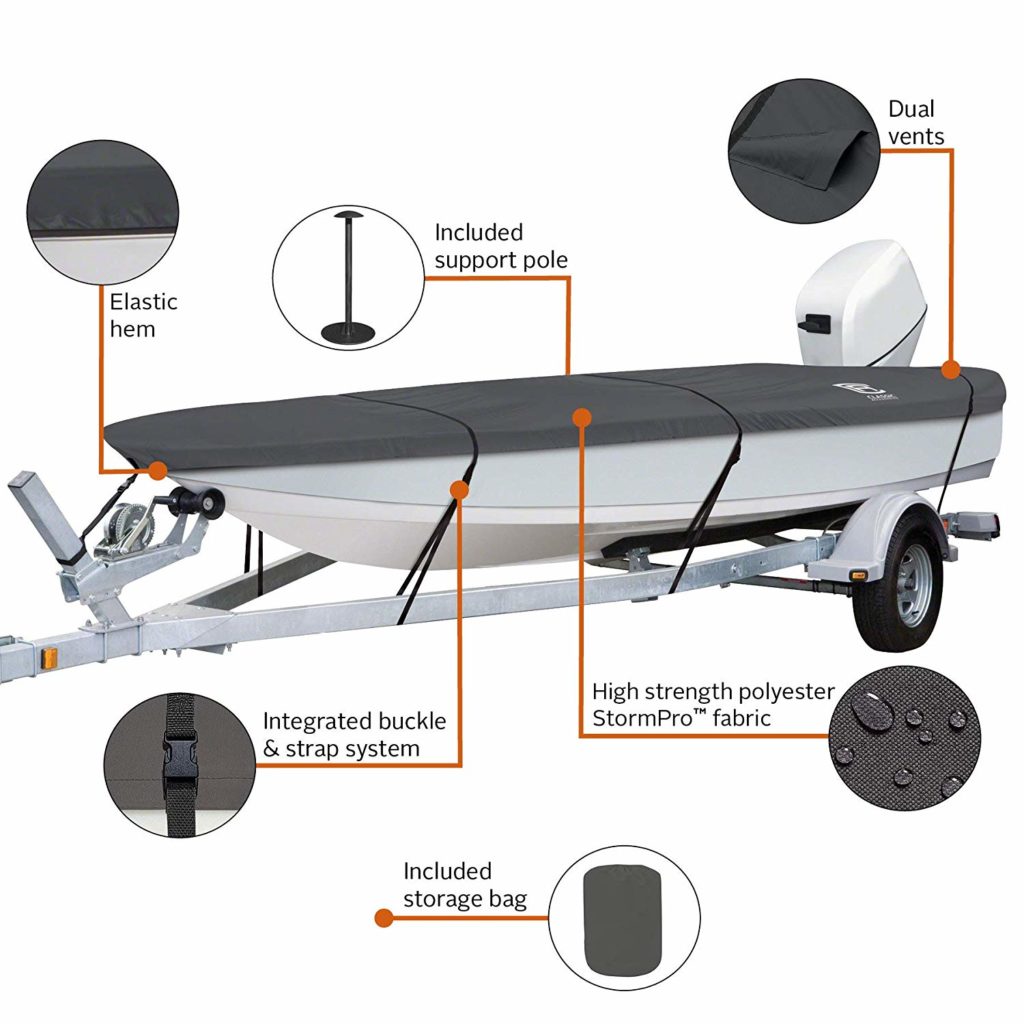
A custom or model-specific cover is the only choice if you want protection that truly fits your boat like a glove, but expect to pay for the privilege. Numerous manufacturers offer affordable alternatives that, with the right dimensions, can still handle the task at hand. Match your boat to a cover of the same approximate length. Further fine-tune the fit by selecting from a choice of beam widths if available.
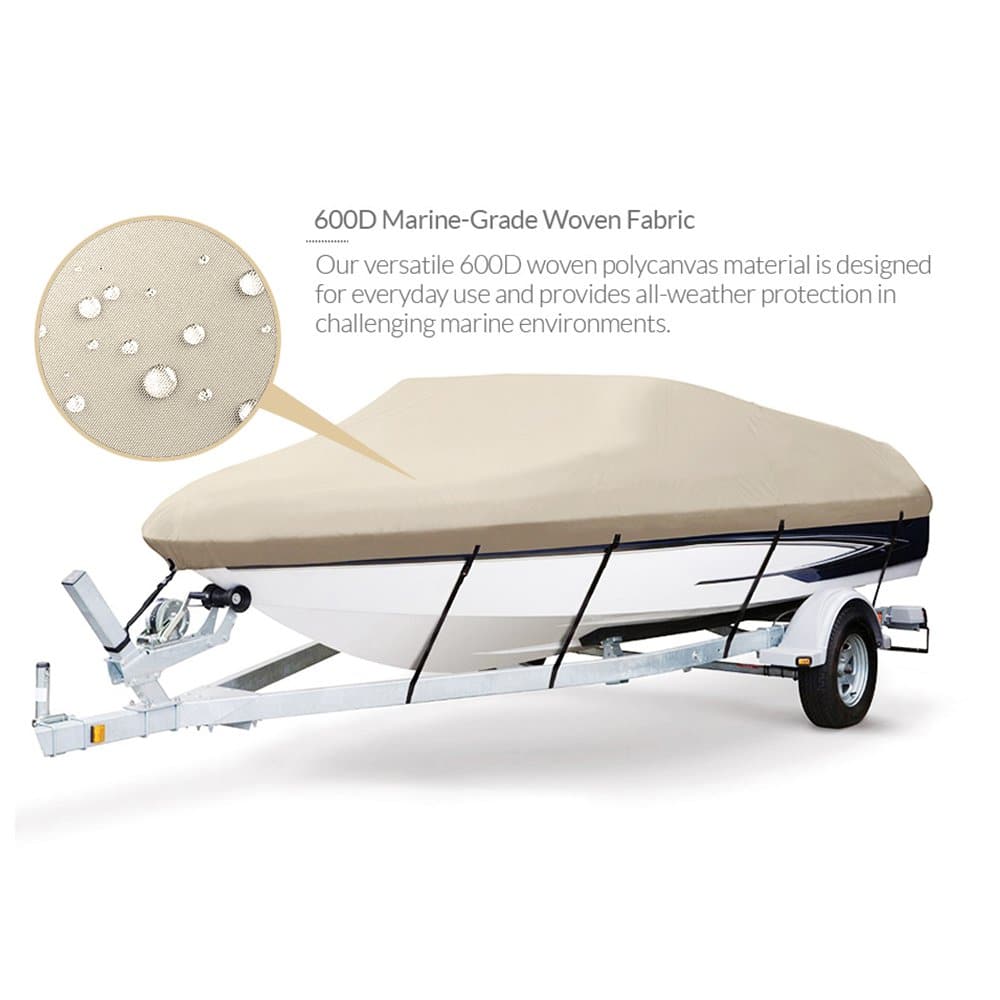
Think twice before choosing a cover color. Dark shades, like black, blue and green typically last longer than lighter shades and have greater UV resistance, in part thanks to their higher amount of dye. Tradeoff? They absorb more heat.

